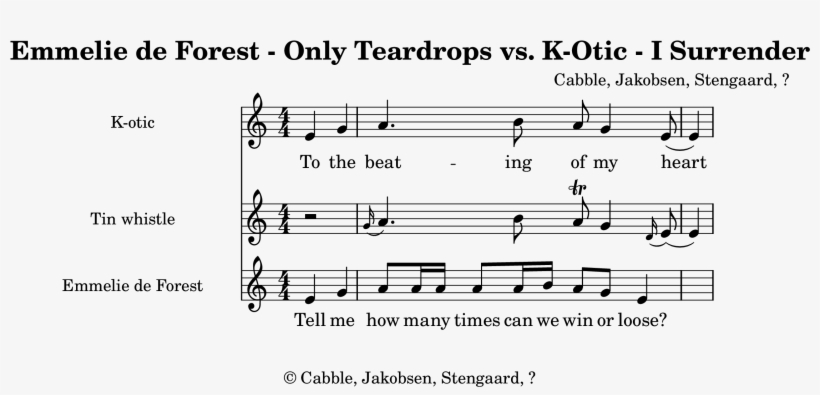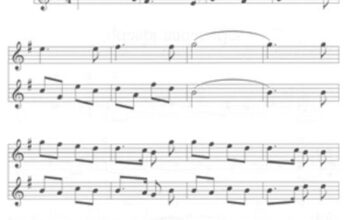Tin whistle is an instrument widely played across cultures worldwide and one of the primary instruments used in traditional Irish folk music.
Tin whistles have been around since ancient times but only gained widespread popularity during the 19th century, when mass-production by Clarke whistles made them accessible and affordable to everyone.
Origins
Tin whistle is a six-holed woodwind instrument, falling under the same category as Native American flute, fipple flute and recorder. This simple traditional musical instrument has become widely popular with children as well as adults alike.
Tin whistle is typically associated with Irish traditional and Celtic music traditions; however, anyone can play it and tin whistle players can play various tunes ranging from popular folk songs and instrumentals to classical compositions.
Penny whistles have long been part of folk culture in South Africa and Malawi. Used for musical expression known as kwela – with its distinct skiffle beat and jazzy underpinnings – they form part of the folk soundscape in these regions.
Construction
At its height in Europe during the late 19th century, tin whistle was one of the most beloved wind instruments. Easy to construct from brass and tin alloy materials that were readily available and affordable.
Tin whistles consist of three primary components, including an air-input tube, barrel-shaped chamber and fitting at its rear for holding a lanyard (cord). All these pieces are stamped from sheets of brass by stamping machines before rolling through die-cutting machines to shape into their final shapes.
Tin whistles generally fall into two general styles. The Clarke style, composed of rolled tin sheet or brass tubing with a wooden stop at one end to form a fipple mouthpiece, and Generation style (typically cylindrical with plastic fipple), are among these two options.
Tuning
Tin whistles can be tuned to any desired pitch by covering and uncovering tone holes; their sizes, distance and location determine changes in pitch.
Some tin whistles feature a tuning slide that allows players to alter the pitch of their whistle. This feature can be helpful when trying to tune it to another instrument; however, it could also result in an out of tune tin whistle.
Tablature notation is the best way to learn to tune a tin whistle, typically found in tutorial books for beginners. This graphic representation illustrates which tone holes the player must cover, making the learning process much simpler.
Tin whistles feature the lowest note known as the tonic note as their base note, followed by successively opening tone holes to produce other major scale tones. A leading tone, or seventh just before the tonic note can be produced by partially covering one of the end openings while keeping all other holes covered – an effect known as leading tone playback.
Sound
Tin whistles are wind instruments with one mouthpiece which opens and closes holes to produce notes. By closing all its holes at once, tin whistles generate their lowest note – usually the tonic note of any major scale; gradually opening holes from lowest to highest produces all subsequent notes in sequence.
Tin whistles come in an assortment of keys. While most commonly categorized as low whistles, soprano and alto versions also exist.
Tin whistles can be found widely used in Irish music and kwela; however, they’re also often heard in other genres like bluegrass, praise music and film soundtracks. Scores for performing the tin whistle are widely available across these genres.
The sound of a tin whistle depends on various factors, including its manufacturing process and materials used. Less expensive rolled metal whistles typically produce an airy tone while Generation-style cylindrical whistles tend to produce loud and shrill tones.



